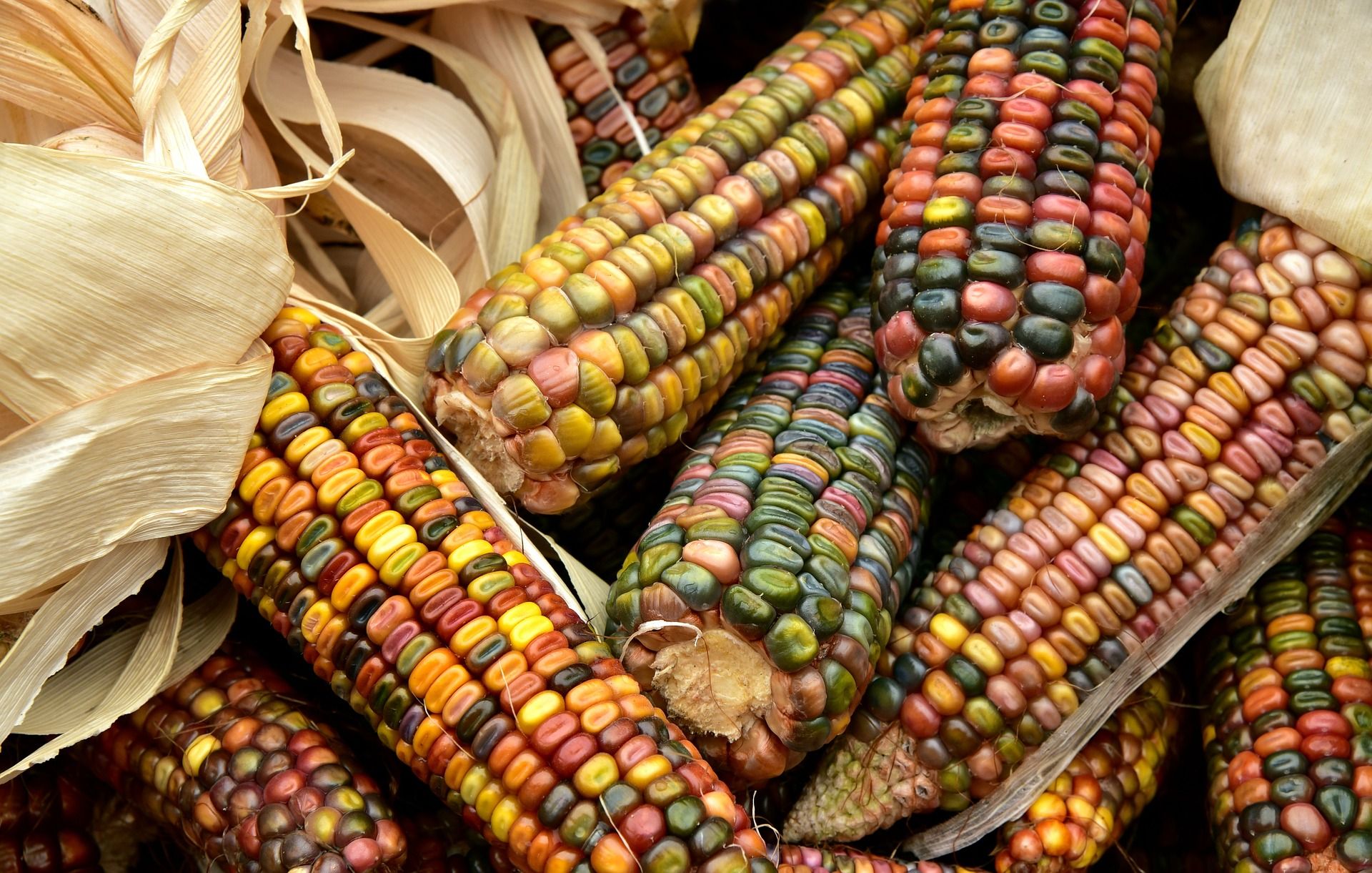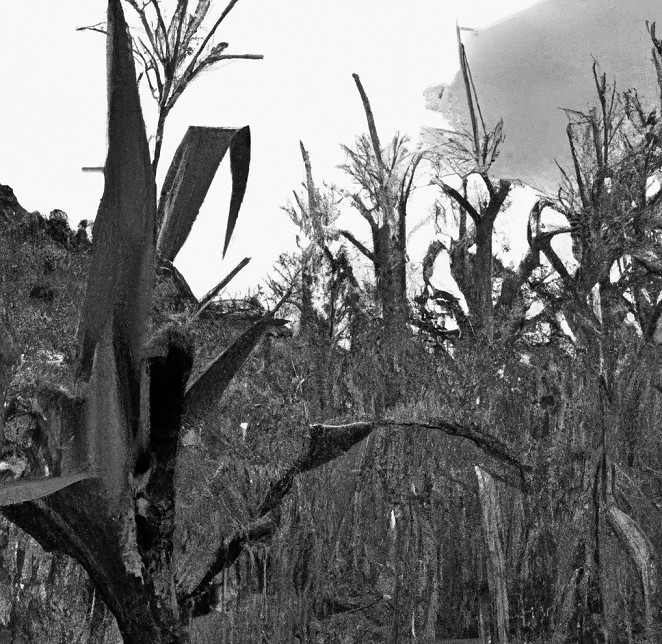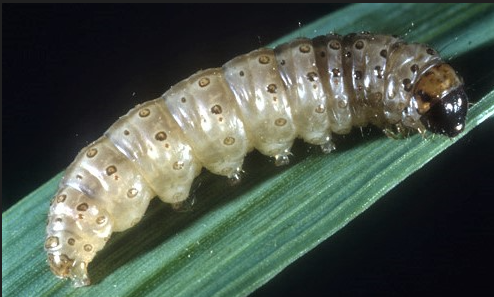The Story of Corn: From Ancient Cultures to Modern-Day Gardening Practices

Corn is one of the most important staple crops in the world, and its history goes back thousands of years. From its origins in Central America to its widespread cultivation today, corn has played a significant role in human culture and agriculture. In this blog post, we will explore the fascinating history of corn and how it relates to modern-day gardening.
The origins of corn can be traced back to 5000 BC in what is now Mexico. It was first cultivated by the indigenous peoples of Mesoamerica, including the Mayans and Aztecs, who saw it as a sacred crop with many uses beyond food, such as fuel, medicine, and as a symbol of fertility. Over time, corn became an important part of the diet of these cultures, and was eventually introduced to other parts of the world by European explorers.

In the United States, corn became a major crop in the 19th century, and today it is the largest crop grown in the country. It is used for a variety of purposes, including human consumption, animal feed, and as a source of ethanol for fuel. Corn is also a popular crop for backyard gardeners, as it is relatively easy to grow and can provide a bountiful harvest.


One of the key benefits of growing corn in a home garden is that it is a versatile crop that can be used in a variety of dishes. It can be eaten fresh off the cob, grilled, boiled, or roasted, and can also be used to make cornmeal, tortillas, and other baked goods. Additionally, the stalks and leaves of the plant can be used for animal feed or as a natural mulch for the garden.
Another benefit of growing corn is that it is a relatively easy crop to cultivate. It requires full sun and well-drained soil, but can be grown in a variety of climates. In addition, corn is a relatively low-maintenance crop, requiring only occasional watering and fertilization.
Despite its many benefits, there are some challenges to growing corn in a home garden. One of the biggest challenges is pest control, as corn is susceptible to a number of insect pests, including corn borers, earworms, and armyworms. Additionally, corn requires a lot of space, as each plant needs room to grow and produce ears of corn.

To overcome these challenges, there are a number of strategies that home gardeners can use. One is to plant a variety of corn that is resistant to pests, such as the BT corn variety, which is genetically modified to produce a toxin that kills corn borers. Another strategy is to plant companion plants, such as beans or squash, which can help to deter pests and provide additional nutrients to the soil.
In addition to these strategies, home gardeners can also take steps to ensure that their corn crop is healthy and productive. This includes using proper fertilization techniques, ensuring that the soil is well-drained and nutrient-rich, and providing adequate water and sunlight.
The history of corn is a fascinating one that spans thousands of years and multiple cultures. From its origins in Mesoamerica to its widespread cultivation today, corn has played a significant role in human culture and agriculture. And while there are challenges to growing corn in a home garden, there are also many benefits, including its versatility and relative ease of cultivation. By using the right strategies and techniques, home gardeners can enjoy a bountiful harvest of this delicious and nutritious crop.
